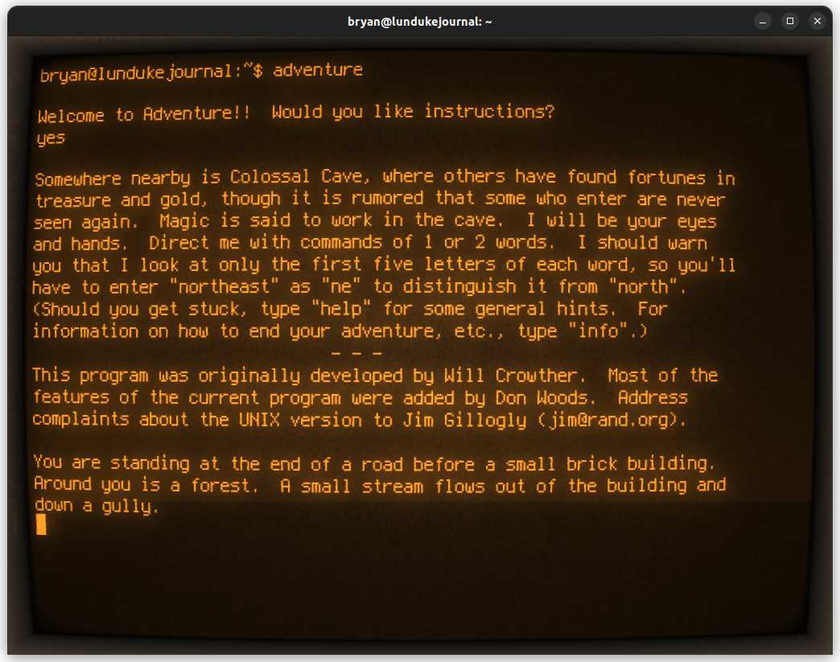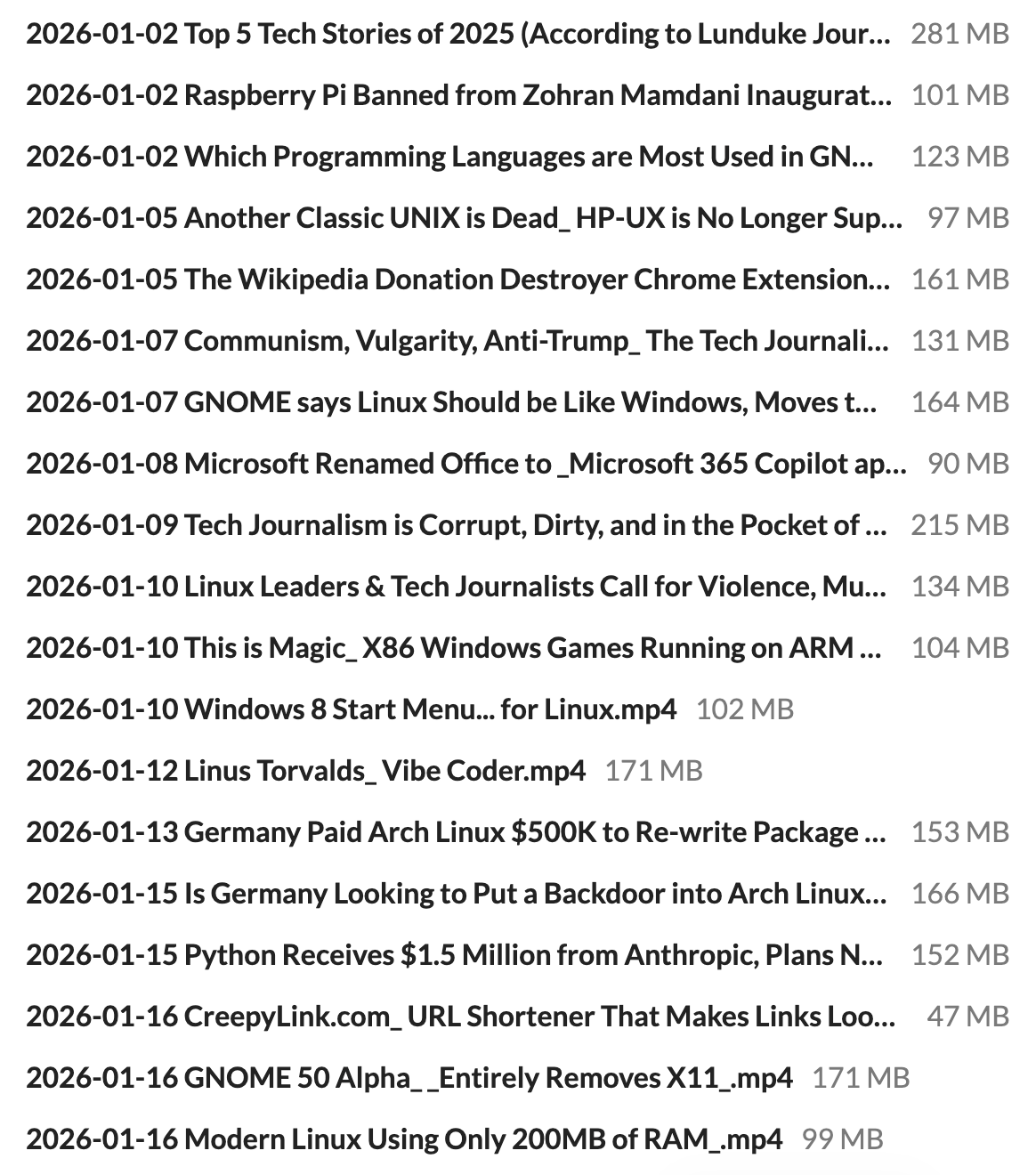The very first major text adventure game, Colossal Cave Adventure, is 47 years old this year. And the 3D re-make (by the legendary Ken and Roberta Williams, founders of Sierra) has been released (allowing you to explore the cave in Virtual Reality). So, let's take a few moments to enjoy the original classic... with a little help.
Wether you are new to Colossal Cave Adventure (often simply called “adventure” or “ADVENT”), or have simply not played it in some time, below you will find everything you need to experience the game in the most ultimate way possible.
Step 1) Grab a good terminal emulator
If you have access to it, I highly recommend getting Cool-Retro-Term and using that as the terminal emulator to play Adventure.
Technically, Adventure was often played on teletype systems — which means the results were printed out on paper as your display. However, since many people did originally play the game on CRT monitors from the 1970s, emulating that experience is really the best way to go.
Seriously. Use Cool-Retro-Term and set it to use a vintage Amber display style. You really can't go wrong with that setup.

Step 2) Grab the game
If you are using a Linux (or OpenBSD or FreeBSD) system, you can likely install the game through one of two available packages on most systems: “bsdgames” and “colossal-cave-adventure”.
If you are on Debian, for example, the following will do the trick:
sudo apt install bsdgamesThen simply type “adventure” and you’re off and running.
You can also find the game for Android, Windows, and just about every other platform you can imagine.
Note: There are multiple revisions to this game that have been added over the years. You can find a good list of available revisions here. I personally recommend going with either the absolute original… or the Don Woods version from 1995. Those two are considered to be “classic” revisions.
Step 3) Grab a map
While Colossal Cave Adventure may be one of the earliest examples of text adventures — and it’s no where near as large as many of the games which it inspired — it is still an incredibly large game… and getting lost is extremely easy.
As such… I highly recommend grabbing yourself a map. Luckily, there are oh-so-many maps available — in a wide variety of styles — and covering the many, minor differences between different revisions of the game.
The following map is a fun one. It includes the general layout of the game… but without any spoilers or hints. The person who put this together also has the same map… but with all of the labels and hints included. Grab whichever you like, depending on how difficult you want your experience to be.

While I love the “old school, hand drawn” style of that map… I also quite like this map for the original version (which you can grab here, along with maps for multiple other variations):

Of course, you can always go without a map… but, if you do that, I highly recommend making your own as you go. Trust me. You’ll get lost.
Step 4) Grab a walkthrough (optional)
Ok. Some of you might want the full experience of not knowing what to do or what comes next… others might want to simply see what the game is like from beginning to end without needing to slog through it all.
If you absolutely want spoilers… there are many walkthroughs available. Many. Oh-so-many.
For those of you who opt to use a walkthrough: No judgement. Enjoy this classic game however you see fit.















